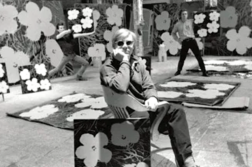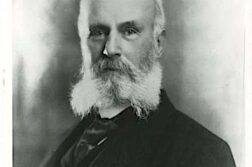REMEMBER the “good old days” of AIDS service delivery, back when AIDS itself was still a terrifying epidemic? Not knowing how long we could keep our friends alive, wondering who would be next to fall ill—the tension kept us on edge. In the beginning, those of us touched by the virus, whether ourselves, our friends, or our lovers—we were alive back then, even amid the terror, anger, and death.
We held meetings, founded nonprofit service agencies, and started free clinics. We formed support groups, held auctions, dances, and AIDS walks, and sponsored bike rides. We scraped for money any way we could. We demonstrated, lobbied, wrote letters, organized. We wept, grieved and then wept some more. We found ourselves so far past grief that all we could do some days was laugh at the lunacy of death’s intrusion upon our young lives. We fought with those who feared and hated us. We fought with each other, our allies, among ourselves. We felt immersed in the moment and the times. We experienced a deep connection to each other—and to those who had died. We struggled together to make sense of it all, to bring some meaning into the sadness and sorrow.
By the late 1990’s, it appeared that we were succeeding, too. Many states created funding for case management, prevention education, needle exchanges, and condom distribution. Federal money at first trickled, then poured, into these efforts. President George H. W. Bush signed the Ryan White Care Act in 1989. Foundations made grants, donors made contributions, and scientists got going. Even as the Internet came online, so too did life-saving medications. Dr. David Ho became Time magazine’s “Person of the Year” in 1996 for his pioneering work with HIV antiretroviral medications.
Miracles happened. With the introduction of the antiretrovirals in that same year, people started to get up from their deathbeds and go back to work, and even to work out. At around this time, numbers became more important: your “CD4” (T-cell) count and your “viral load” were numbers you tracked with care. These data were aggregated with other people’s to measure effectiveness of the drugs and the progress of the epidemic.






